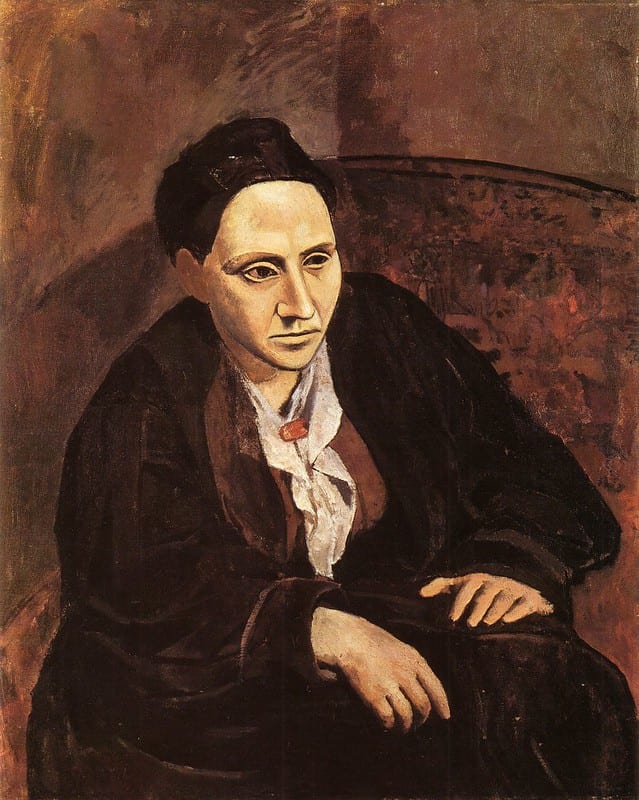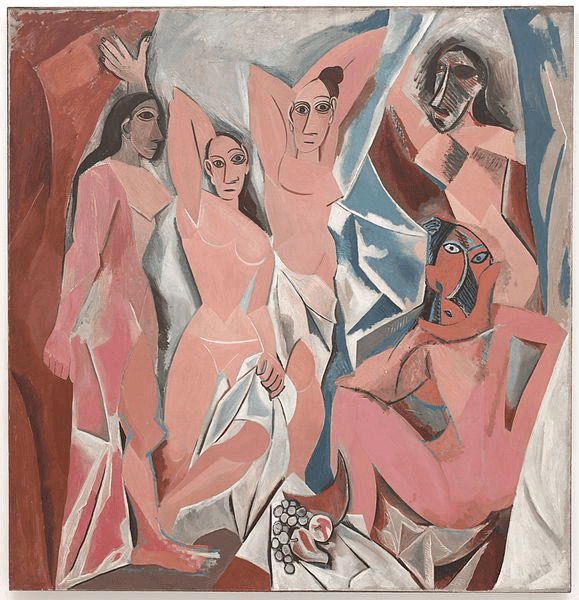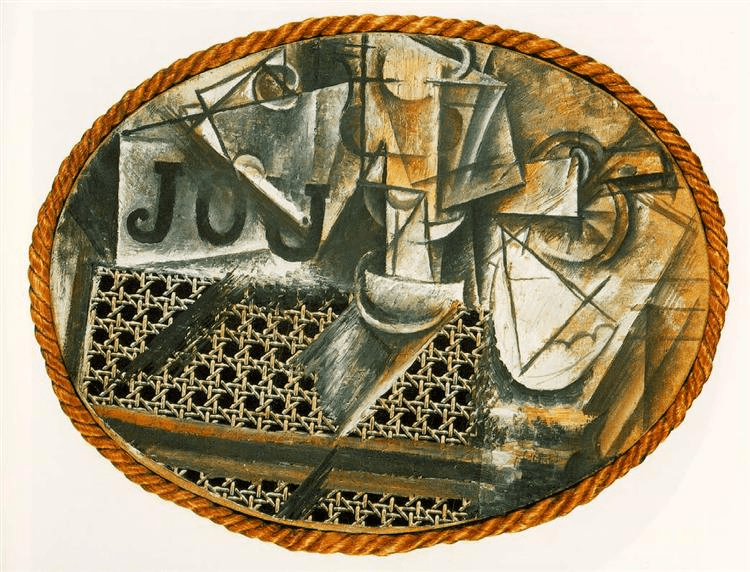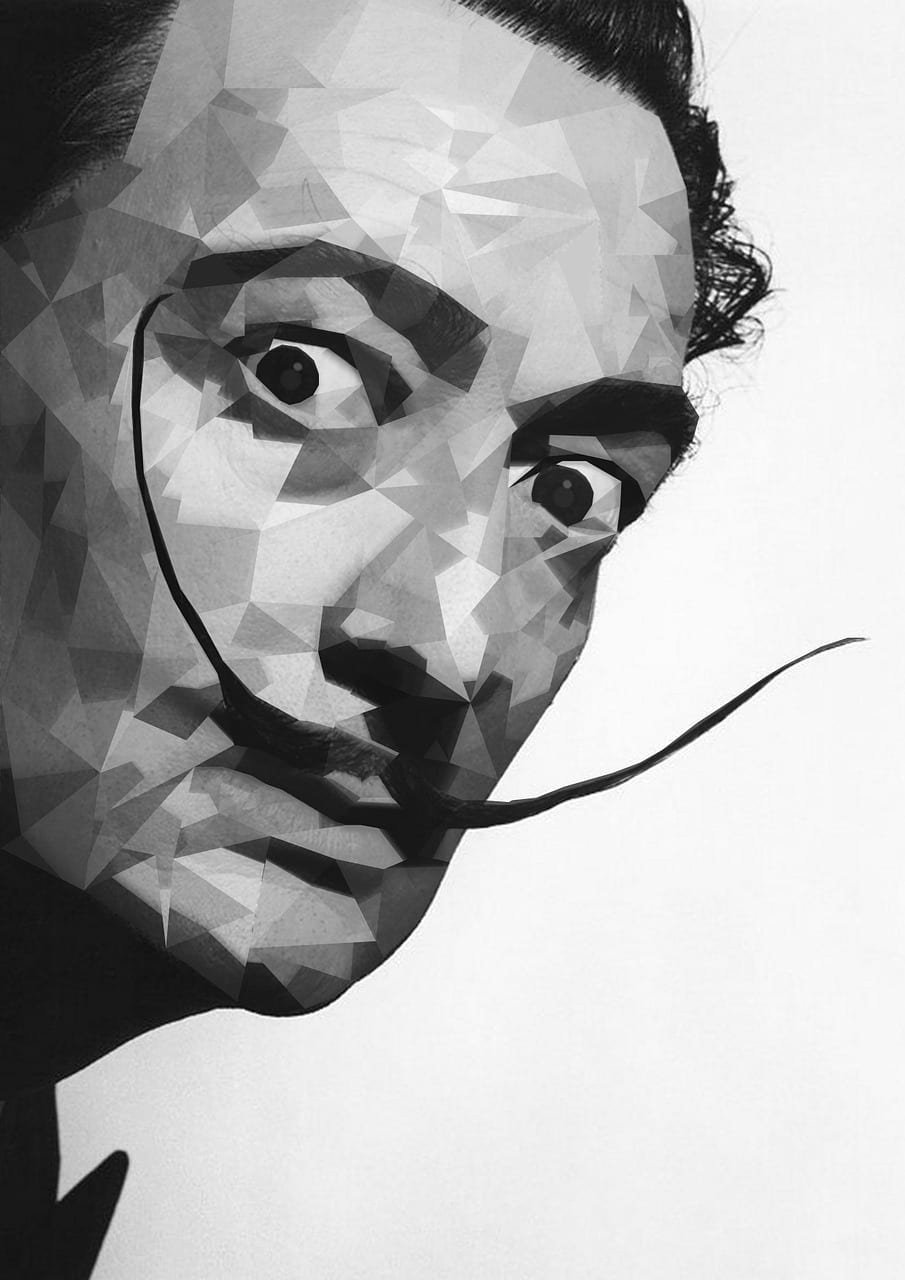
Pablo Picasso was a Spanish painter, sculptor, stage-set designer, ceramic artist, and maker of prints. Clearly one of the brightest artists of the 20th century, he influenced modern art. He invented a new style called cubism. He hosted his first exhibit in Spain when he was only 13. A huge amount of Picasso’s artwork remains today, reminding the world that he loved art. Why? He said it kept him alive. Most of the contemporary art work of Picasso has solely contributed to the popularity of modern art as we know it.
His technique of using cubism altered the way in which modern art was represented. Cubism used illusion to depict three-dimension on a flat canvas. Cubism is the basis for abstract art that has continued well into the 21st century. Picasso was experimental, always striving to use different mediums to create and render art. He never conformed to regular artistic style, nor lived within normative boundaries in his life.
He discovered color and how to use it only when he lived in Paris. Compared to life in Spain, Paris was a city of life, of art and of new beginnings for the artist. He lived there with his longtime close friend and flat mate, Carles Casagemas, whom he painted. Picasso’s best art was executed in certain periods of his lifetime, when he dominated his work with a single color palette. His style consisted of surrealism, cubism, and a blue period. The following are some notable works of Pablo Picasso, a truly modern man.
The Soup (1902-03)

Painted in Picasso’s Blue Period, this picture shows a sublime melancholic attitude. It was painted at a period in the artist’s life when subjects like old age, destitution, and blindness were recurring themes in his art. Conveying a message of misery, it symbolizes some of the miserable conditions that Picasso witnessed as a youth in Spain. Word has it that Picasso painted this after he visited a women’s prison.
Perhaps it was influenced by the art of El Greco, but one cannot be sure. Some art experts say that he drew upon one of his visits to the Pantheon. There, he viewed a mural made by Pierre Puvis. One of the scenes in the mural from the life of St. Genevieve had a woman that was starving. The woman was being helped in the street. Picasso made a sketch of this scene from the mural.
In this painting, viewers are left wondering whether the old woman, stooped and hunched, is giving the soup to the child. Or is it the other way around? Later, Picasso rubbished his works that were blue as nothing but sentiment. Some critics agree, but this is an iconic work of his initial repertoire when painted with oil on canvas. It is one of the most well known Picasso paintings. It is housed at the Art Institute of Chicago.
Portrait of Gertrude Stein (1905)

Picasso often painted people close to him. Gertrude Stein was an author and a close friend of Picasso, supporting his art tirelessly. She was one of the first American expatriates to react to and critique European avant-garde art as it was called then. In her Paris home, she held salons each week. These were filled with European artists and writers. This is her portrait, wearing her favorite coat of velvet. The painting is unique because it reflects a turning point in the artist’s evolving style. Earlier figures and objects in his art during the Blue and Pink Periods were clearly shown as flat. Forms and figures in this portrait seem realistically sculpted.
Stein claimed that she posed for the artist some eighty or ninety times. This may be an exaggeration, but Picasso struggled with painting her head. At last, he gave up in between and completed it without the model at a later date. Gertrude Stein was one of the earliest patrons of Pablo Picasso. Her constant backing of his art was crucial to his success as a painter. This portrait is one of the most famous pieces of the art of Pablo Picasso, and is displayed at the Metropolitan Museum of Art in New York.
Les Demoiselles d’Avignon (1907)

When Picasso revealed this painting to his closest friends, they were nothing but stunned. The subjects were nude women, but that part was not so shocking. Nonetheless, Picasso painted the women in very provocative positions and that was a novel theme. Picasso’s study of tribal women and Iberian art is evident in the faces of these women. They have faces, as if mask-like. This suggests a very crude, very primitive kind of sensual theme. In 1916, when it was first put on public view, it was thought to be immoral. It is a precursor to cubism in his future work.
The picture is a flat-appearing one, showing that the master left his initial inspiration for realism. Broken into pieces of geometry, it is modern art at its most eccentric best. It is a well known artwork of Picasso for another reason too. There is a distinct influence of Paul Cezanne. The broken-shard shapes are something that Picasso borrowed from Cezanne. The idea of something vague such as the leg of the woman on the left, is what Picasso wanted to promote – as if exposing the viewer to something intriguing. If you see the leg closely, you will notice that it can be viewed from several stances all at once. You can’t tell the difference between the leg and the background.
Still Life with Chair Caning (1912)

This is an installation art work piece, like a three-dimensional collage of sorts. Picasso’s well known art had been exposed to objects being affixed on the canvas before. Why this piece is so distinctive is because this was the very first picture that Picasso made for pure joy. In the picture, the caning of the chair is a piece of printed cloth, but looks like real cane. Nonetheless, the rope that you see around the canvas is a real rope. The purpose of this is to give the viewer a feel of an authentic café table with a carved edging. Again, many find it confusing when they see it, and seen from different spots, gives different impressions.
The picture seems like a mashed up version of a load of nonsense at first glance. Nonetheless, experts in cubism have broken it down, bit by bit, in trying to deduce its significance. It is a bit like a puzzle and maybe Picasso wanted the viewer to have fun looking at it. At the corner of the picture, there’s a knife’s handle. You only have to move your view a bit to locate a blade. The knife is for cutting some fruit. You will catch a glimpse of the rind and a sliced segment or two on the blade. If you continue in this way, you’ll soon see a napkin and then a glass of wine. You just need pay more attention is what Picasso seems to be saying.
Guernica (1937)

This is an exceptional artwork of Picasso, but laced with controversy too. It was painted by the modern master in response to the bombing of Guernica. This event took place during the Spanish Civil War in April 1937. Picasso completed the work in June. It was a sensation at the Paris World’s Fair that year. It was, nevertheless, banned from public viewing right till the military dictator, Franco gave up power in 1975.
In deciphering the symbolic theme of the picture, many experts suggest that the horse, dying in the middle, is an allusion to bull fighting. This is a common sport in Spain. The painting is priceless as one of modern art’s reactions to war and battle. Still, many argue over its success as a real work of art. Painted in the aftermath of death and devastation, the painting is synonymous with human suffering.
Picasso’s art
There is no doubt that influencers of art are few and far between. The legacy that Picasso has left behind is invaluable and many have tried to copy his work, without success. Cubism, as seen vividly, in The Three Musicians and in Bowl of Fruit, has tried to be replicated in vain.
The art of Pablo Picasso is inextricably intertwined with his personal life, personal strife and his relationships. For muses, he had his children, his girlfriends, his friends and his wives. After his death, to this very day, the art of Picasso continues to captivate and enchant as much as it confuses and provokes. When his paintings were first introduced to the world, art critics and laymen were taken aback by his distorted faces and shattered brushstrokes.
Picasso’s well known art has been dynamic in its evolution, just as he was. He moved fast, worked at an alarming pace, voracious in his endeavor to create novelty and creative sensibility. Rather than just create art, he was the source of a movement in art. His many periods, such as the Blue and Pink Periods, African Period, Cubism and sculpture, are a testament to this. No other artist in art’s history has been that influential.

